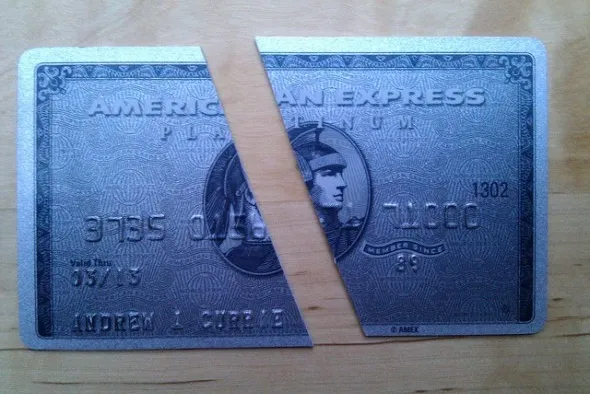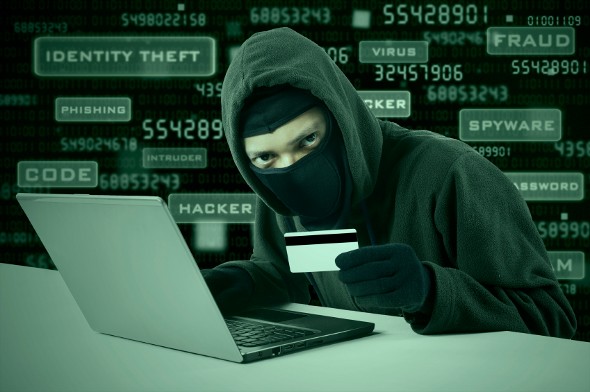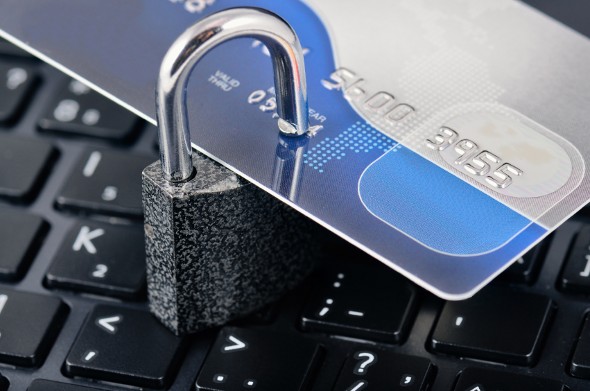
Credit card fraud is a traumatic event on so many levels. Not only is the act of theft a frightening breach of security. There’s also the short-term loss of funds, which can happen at any inopportune moment. On top of that are the longer-term effects, such as identity theft and credit damage. Consider your credit card information one of the most valuable proprietary items in your possession.
Find out now: How much should I put down?
What is credit card fraud? The definition of credit card fraud is the unauthorized pursuit and/or use of a credit card or credit card numbers to obtain goods or payment. Types of credit card fraud include stealing cards, phishing for card information online and creating false websites to get credit card numbers, among others. Depending on the state where you live, credit card fraud can be a misdemeanor or a felony. Credit card companies monitor their users’ accounts for fraud and will send credit card fraud alerts when they notice unusual activity. However, it’s better to prevent cases of credit card fraud before they occur. That way, you won’t have to report the fraud, request an investigation into the fraudulent activity and fight to get the charges removed.
Credit Card Fraud Statistics

According to a survey that assessed the rate of credit fraud around the world, the U.S. topped the list, right under Mexico. The report, culling data from the third quarter of 2012, revealed that 44% and 42% respondents, respectively, were victims of card fraud. Approximately 3% of the total U.S. population fall victim to identity theft, or 9 million people. One quarter of these cases involve some form of credit-card fraud.
While the number may sound low, credit fraud can occur to anyone. All a hacker needs is one or more of the following pieces of information: full name, address, social security number, bank account number, employer and its address, your rate of pay. It’s time to be more mindful of what you do with this data. Here are our tips for fraud protection:
1. Take Account of Every Person Holding Your Credit Card Information
Whether it’s for personal or business use, be aware of every single person who has ever gained access to your financial information. This includes friends, family and business associates, who may have reviewed your personal bank account and credit card numbers at some point.
Related Article: Don’t Be a Victim of Credit Card Skimming
2. Shred Sensitive Documents for Disposal
After you are done with them, any documents that contain details about your financial activity should either be archived securely or disposed of completely. Purchase a quality shredder, which can help you to destroy sensitive documents. While you may want to just toss them, be sure to shred pre-approved credit card solicitations. Any person can retrieve the form from the trash can and fill it out his or herself.
3. Avoid Storing Passwords on Computers
It doesn’t matter if it’s on your laptop, PC, home or public computer. Clear your login information and avoid activating the “Remember me” function. After an online banking or shopping session, make sure that you are properly logged out. If at all possible, keep your passwords hidden and inaccessible to others.
4. Carefully Review Your Monthly Bank and Credit Statements
You may be tempted to file or shred your monthly statements before carefully reviewing them, but in addition to bill cramming, that’s credit fraud in the making. Reading your statements carefully will help you to ensure you don’t miss anything gone awry. For an added precaution, save your receipts so you can cross-reference them with your bills.
5. Shop From Credible Online Resources
You’ve probably heard at least one cautionary tale about credit fraud occurring while shopping online. You’ll have better luck shopping from a larger, more reputable outlet for your goods. If you’re on the market for products or services that can only be bought from obscure outlets, tread cautiously. Check customer feedback and testimonials, and do a search on complaints boards for any red flags. Make sure the company provides reliable billing, payment and refunds.
6. Utilize Sellers that Provide a Secure Checkout
A secure checkout system ensures a safe payment gateway between the buyer and seller, in addition to other protective measures. For example, it will verify the identity of a cardholder, manage funds through an external financial account set up on your behalf, and include third party card processing.
7. Use PayPal to Complete Your Online Transactions
Utilizing PayPal offers an extra layer of anti fraud protection for consumers. For one thing, your personal financial information is not disclosed to sellers, since the transaction goes through PayPal. On top of that, it provides purchase protection straight through to the time of delivery, providing you with the ability to dispute damaged items. You are held $0 accountable for any verified unauthorized transactions.
8. Be Careful How You Handle Your Credit Card and Its Information
Do not present your credit card number to anyone over the phone, unless you have contacted them, can verify the legitimacy of the company and are fully aware of the nature of the transaction. During an in-person transaction, make sure you keep your eyes on the card. Before you walk away, verify the card is in your hands.
9. Beware of Telemarketers
Telemarketer scams abound and you should steer clear of them at all costs. Some companies will cold call an individual and attempt to obtain his or her credit card information over the phone. In exchange, they promise to deliver certain products and services, but the reality is they have no intention of fulfilling on their end of the deal. Some telemarketer scams will retain your billing information on file and charge to it further, without your consent. There are ways to remove your name and phone number from telemarketing lists. Visit www.donotcall.gov for more information.
10. Verify Your Mailing Address
Sometimes, a credit fraudster will fill out a change of address form with the post office. That way, bills for unauthorized credit cards go unnoticed. Likewise, he or she can use an alternate shipping address with your financial service providers, so statements from illegal bank accounts go under the radar. Verify this information with these institutions.
11. Be Sure to Report Fraud or Any Losses

If you detect that you have been a victim of credit fraud, immediately contact your credit card issuing company to report the incident. Most financial companies have a toll-free, 24-hour phone line specifically for these types of matters. You will most likely need to report the incident to the Federal Trade Commission (FTC) and file a police report. Maintain a detailed description of the occurrence as well as any incurred losses.
12. Check Your Credit Score Once Per Year
Once every 12 months, you can request a free credit report disclosure from one of the nationwide consumer credit reporting companies, which includes TransUnion, Experian and Equifax. Head over to www.annualcreditreport.com to obtain yours via secure website, phone or mail.
Related: Find Out My Credit Score
13. Sign up for Security Alerts
If you suspect some form of fraud has occurred, create a security alert. This way, the three main credit report providers will add a notification, which appears on the report, informing creditors to proceed with caution. Whenever someone applies with said creditor, they are directed to verify their identity before approving credit under the consumer’s name. While this adds some protection, it is not fail-safe, since creditors are only required to take basic precautions.
14. Enlist a Credit Freeze
With the exception of the companies with which you have open business accounts, freezes bar companies from accessing your credit. Going the extra mile for protection slows up the process to apply for a mortgage or student loan, so consider whether you are willing to go through the extra hassle. In order to unfreeze your accounts, you need to contact each of the credit agencies and go through a process that can take up to three days. Each freeze and unfreeze action is billed, adding to the burden.
Photo credit: flickr, © iStock/Ximagination, © iStock/Horten123